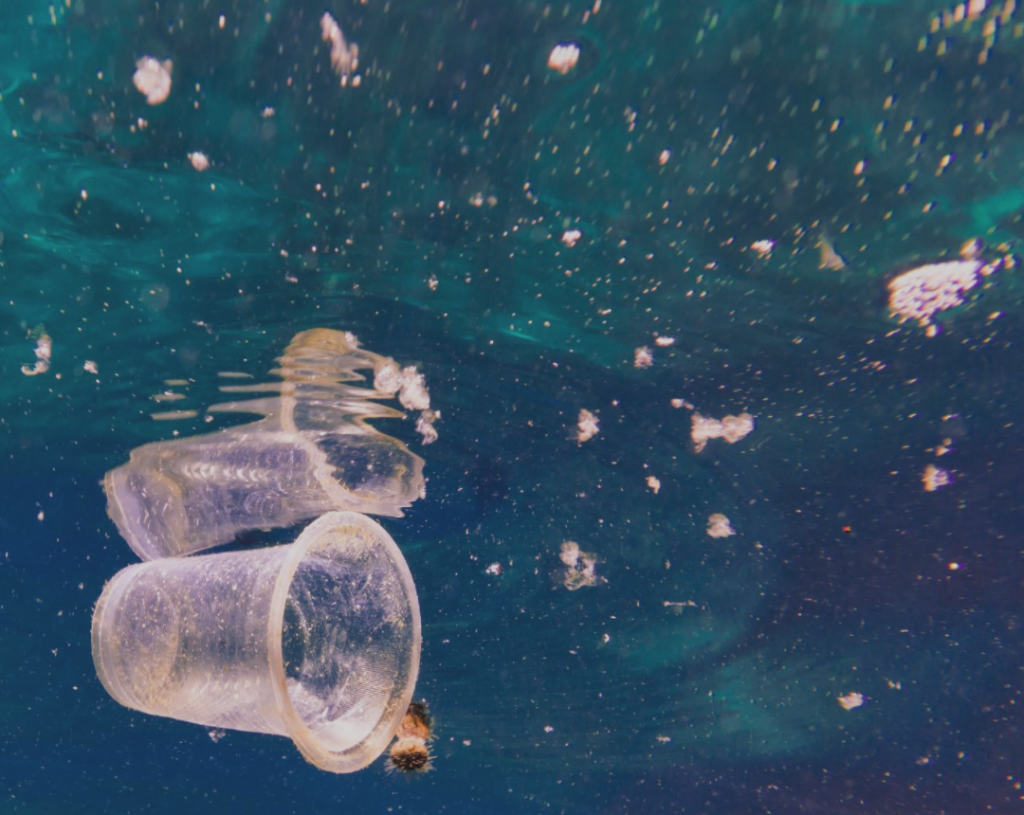
Microplastics: A Hidden Threat to the Environment and Human Health
Plastic is one of the most widely used materials in the world, but it also poses a serious problem for the environment and human health. Plastic does not biodegrade easily, and it can break down into tiny pieces called microplastics. In this blog post, we will explore what microplastics are, where they come from, how they affect the environment and human health, and what we can do to reduce them.
What are Microplastics?
Microplastics are fragments of any type of plastic less than 5 mm (0.20 in) in length, according to the U.S. National Oceanic and Atmospheric Administration (NOAA) and the European Chemicals Agency. They can be divided into two categories: primary and secondary. Primary microplastics are tiny particles designed for commercial use, such as cosmetics, clothing, food packaging, and industrial processes. Secondary microplastics are particles that result from the breakdown of larger plastic items, such as water bottles, by environmental factors, such as sunlight, waves, and wind.
Where do Microplastics Come From?
Microplastics come from a variety of sources, both natural and human-made. Some of the main sources are:
– Cosmetics: Many personal care products, such as toothpaste, facial cleansers, and body scrubs, contain microbeads, which are small spheres of plastic that act as exfoliants. These microbeads are washed down the drain and end up in the wastewater system, where they can pass through the filters and enter the environment.
– Clothing: Synthetic fabrics, such as polyester, nylon, and acrylic, shed tiny fibers when they are washed or worn. These fibers can also escape the wastewater system and reach the environment.
– Food packaging: Plastic packaging, such as bags, bottles, and wrappers, can degrade over time and release microplastics into the soil or water.
– Industrial processes: Some industries, such as plastic manufacturing, recycling, and construction, use or produce plastic pellets or powders that can spill or leak into the environment.
How do Microplastics Affect the Environment and Human Health?
Microplastics can have negative impacts on the environment and human health in several ways:
– Marine pollution: Microplastics can accumulate in the oceans, where they can be ingested by marine organisms, such as plankton, fish, birds, turtles, and whales. This can cause physical damage to their digestive systems or internal organs, reduce their appetite or growth rate, or expose them to toxic chemicals that may leach from the plastics or adsorb onto their surfaces.
– Food chain contamination: Microplastics can transfer from one organism to another through the food chain. This can result in bioaccumulation (the increase of concentration of a substance in an organism over time) or biomagnification (the increase of concentration of a substance in an organism as it moves up the food chain) of harmful substances that may affect the health and reproduction of animals.
– Human exposure: Humans can be exposed to microplastics through various pathways, such as eating seafood or drinking water that contains microplastics, inhaling air that contains microfibers, or using products that contain microbeads. The potential health effects of microplastics on humans are still unclear, but some studies suggest that they may cause inflammation, oxidative stress (an imbalance between free radicals and antioxidants), or endocrine disruption (interference with hormone function).
The Conclusion
Microplastics are a hidden threat to the environment and human health that requires urgent attention and action. To reduce microplastic pollution, we need to adopt a holistic approach that involves:
– Prevention: We need to reduce our consumption of single-use plastics and choose products that do not contain microbeads or synthetic fibers. We also need to improve our waste management practices and prevent plastic leakage into the environment.
– Innovation: We need to develop alternative materials that are biodegradable or recyclable and do not release microplastics. We also need to improve our wastewater treatment technologies and methods to remove microplastics from water sources.
– Education: We need to raise awareness among consumers, producers, policymakers, and researchers about the sources, impacts,
and solutions of microplastic pollution. We also need to support scientific research that can provide more evidence and guidance on this issue.
Microplastics are a global challenge that affects us all. We need to act now to protect our planet and ourselves from this invisible problem.
If you are interested in this article, you might also find this interesting The History of Plastic Bottles

